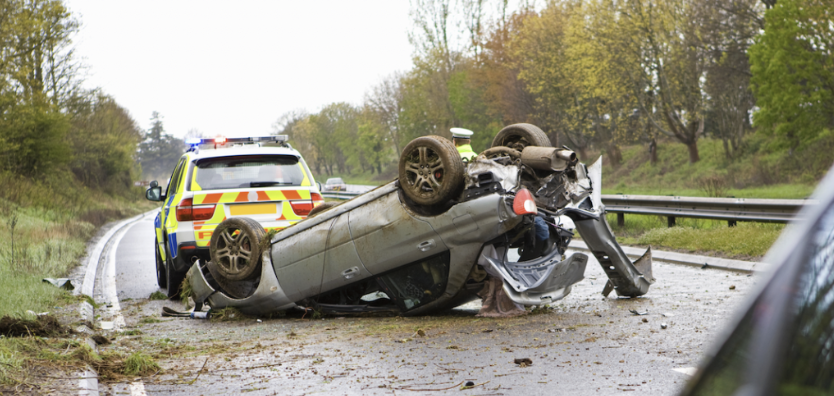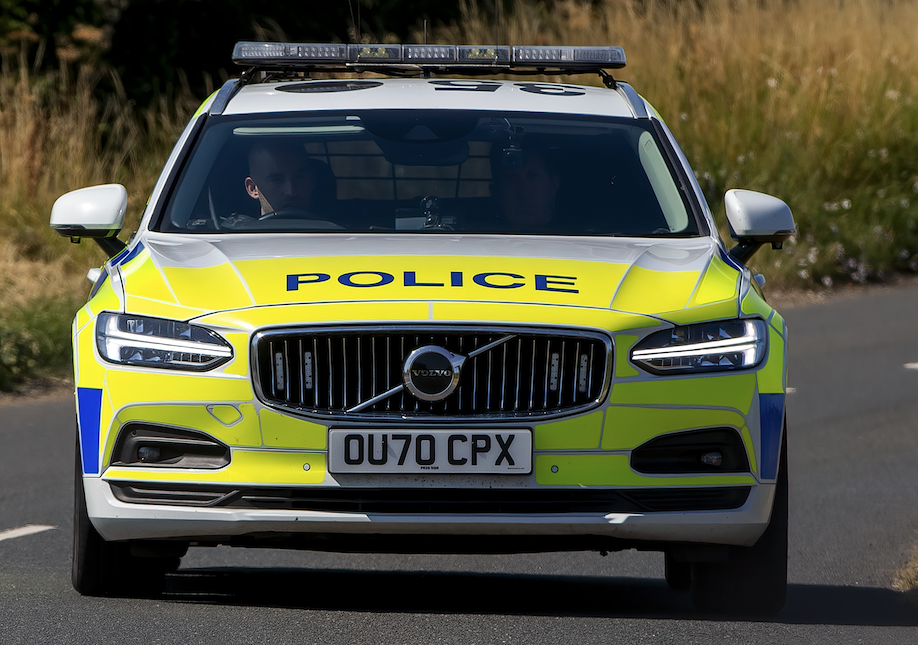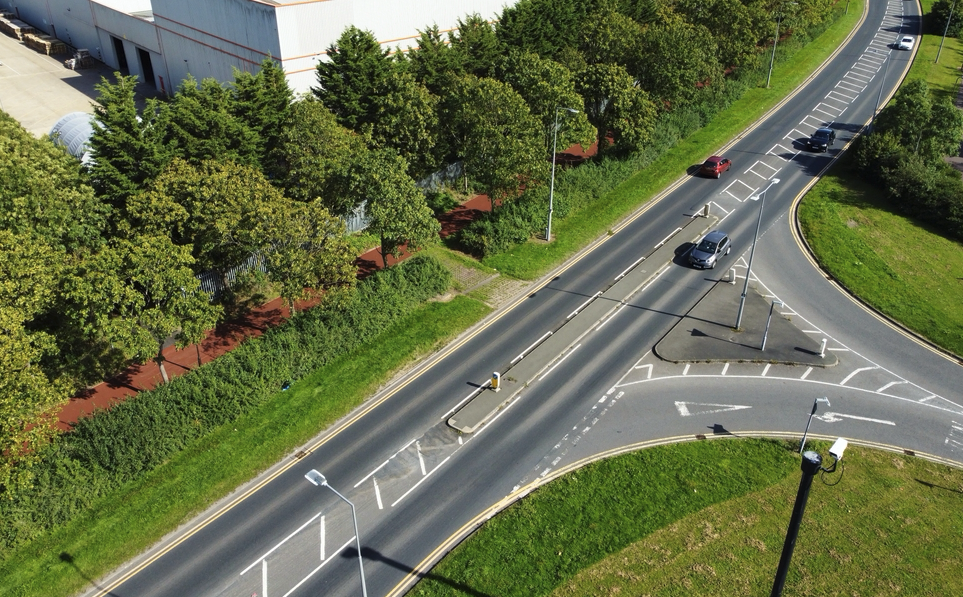When an employee is involved in a road traffic collision (RTC) that results in a fatality, the legal, operational, and emotional consequences can be significant. Both the employee and employer face significant responsibilities and potential liabilities. This article outlines the key steps and considerations in such a scenario.
1. Immediate Actions at the Scene
Emergency Response
The priority is immediate safety and assistance:
Call emergency services (999 in the UK).
Administer first aid if possible and safe.
Ensure the scene is secure to prevent further injury.

Police Involvement
When a fatality occurs:
The police will launch a criminal investigation.
The scene becomes a potential crime scene.
The driver may be arrested on suspicion of causing death by dangerous or careless driving, even before fault is established.
2. Initial Legal Procedures
Arrest and Interview
If there’s any suspicion of wrongdoing (speeding, phone use, etc.)
The employee may be arrested and interviewed under caution.
Legal representation is strongly advised at this stage.
Vehicle Seizure and Evidence Collection
The police may:
Seize the vehicle for inspection.
Collect dashcam or telematics data.
Obtain mobile phone and blood test records (to assess for alcohol, drugs, or phone use).

3. Employer Notification and Duty of Care
Employer Notification
The employee or police should inform the employer as soon as possible. The employer should:
Check on the employee’s well-being.
Offer support (legal, emotional, practical).
Notify relevant internal departments (HR, legal, health & safety).
Investigation Under Health and Safety Law
If the vehicle was used for work:
The employer may be investigated under the Health and Safety at Work etc. Act 1974.
The Driver and Vehicle Standards Agency (DVSA) or the Health and Safety Executive (HSE) could assess whether the employer failed in its duty of care (e.g., inadequate training, fatigue management, or vehicle maintenance).
4. Employer Liability and Corporate Manslaughter
Civil Liability
If the deceased’s family sues, the employer may be held vicariously liable if:
The employee was driving in the course of their employment.
The employer’s negligence (e.g., poor risk assessment) contributed to the accident.

Corporate Manslaughter
If systemic management failures at the company are deemed responsible, the organisation could be prosecuted under the Corporate Manslaughter and Corporate Homicide Act 2007.
5. Insurance Considerations
Employer’s Motor Insurance
The employer’s commercial vehicle insurance may cover:
Legal costs.
Compensation claims.
Replacement vehicles.
Insurers must be informed immediately. Failure to report promptly can invalidate coverage.
Personal Liability
If the employee was grossly negligent (e.g., drink-driving), the insurer may pursue them for recovery.
6. Internal Disciplinary and HR Process
Suspension and Investigation
Depending on the circumstances, the employee may be:
Suspended pending the outcome of investigations.
Subject to an internal disciplinary process.
Employee Support
The event may cause severe trauma. Employers should offer:
Occupational health support.
Counselling services.
Legal assistance, if possible.
Court Proceedings and Possible Outcomes
Potential Charges
The employee may face charges such as:
Causing death by dangerous driving.
Causing death by careless driving.
Driving under the influence.
Sentencing
Penalties can include:
Imprisonment (up to 14 years for dangerous driving).
Disqualification from driving.
Fines and community service.
Inquest
A coroner’s inquest may also be held to determine the cause of death and whether it could have been prevented.
8. Reputation and Communications
Media Coverage
Fatal collisions often attract media attention. Companies should:
Have a crisis communications plan.
Issue a neutral public statement.
Avoid disclosing sensitive information before facts are known.
Stakeholder Reassurance
Internally and externally, the employer may need to reassure:
Clients/customers.
Regulatory bodies.
The general public.
9. Learning and Prevention
Post-incident, employers should:
Review and improve fleet risk policies.
Reassess driver training and monitoring.
Conduct thorough incident reviews.
Conclusion
A fatal road traffic collision involving an employee is a tragic and complex event. It triggers multiple investigations, legal scrutiny, and operational challenges. The employer’s duty extends beyond compliance — they must balance legal responsibilities, employee welfare, and reputational management. Proactive risk management and strong support systems can significantly reduce the likelihood and impact of such events.

